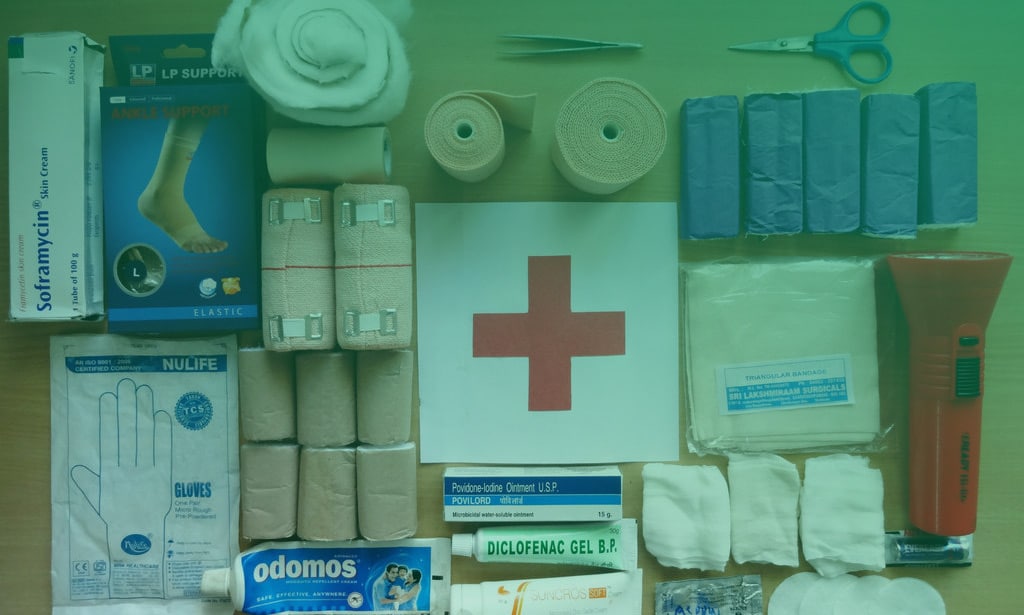Safety should be a top priority for all, but especially in environments where children spend a significant portion of their time, such as schools. Accidents can happen anytime, anywhere, and having adequate first aid provisions in place is crucial for ensuring the well-being of students and staff alike. Here, we are looking at the essential first aid requirements for schools, including legal obligations and best practices to keep everyone safe and protected.
Understanding First Aid Requirements
First aid requirements for schools are governed by both legal obligations and non-statutory guidelines provided by regulatory bodies. The Health and Safety Executive (HSE) outlines the legal responsibilities, while the government offers additional guidance to ensure comprehensive safety measures.
Needs Assessment
Before establishing first aid protocols, schools must conduct a thorough needs assessment. This involves evaluating the size of the school, the number of students and staff, common risks and hazards, and the proximity to medical facilities. By understanding these factors, schools can tailor their first aid provisions to meet specific needs effectively.
Number of First Aiders and Appointed Persons
One of the crucial aspects of first aid preparedness is determining the number of trained first aiders and appointed persons within the school. These individuals are responsible for providing immediate assistance in case of injuries or medical emergencies. The recommended ratio of first aiders to students/staff varies based on the size and nature of the school.
Materials and Equipment Required
Having the right materials and equipment readily available is paramount for effective first aid response. This includes items such as first aid kits, defibrillators, emergency contact information, and relevant medical supplies. Regular checks and replenishment of these resources ensure they are always in optimal condition when needed.
Mental Health First Aid Guidelines
In addition to physical injuries, schools must also address mental health concerns among students and staff. Mental health first aid guidelines provide guidance on identifying signs of distress, offering support, and facilitating access to professional help when necessary. Creating a supportive environment promotes overall well-being within the school community. Taking a mental health first aid course is a great way to learn about the early signs of a mental health issue as well as how to provide assistance to those who are suffering.
Regulations for Early Years Education
For early years education providers, including schools, adherence to specific paediatric first aid requirements is mandated by the statutory framework for the Early Years Foundation Stage (EYFS). These regulations ensure that even the youngest learners receive appropriate care and attention in case of emergencies.
Importance of Training
Training plays a pivotal role in ensuring the effectiveness of first aid provisions. Staff members, including teachers and support staff, should undergo regular first aid training to refresh their knowledge and skills. This equips them to respond confidently and competently to various medical situations, ultimately enhancing the safety of the school environment. Depending on the age of the children in the school, teachers may find it useful to undergo a first aid at work course, a paediatric first aid course or both.
Implementing First Aid Policies
Establishing clear first aid policies and procedures is essential for streamlining response efforts. From reporting protocols to emergency evacuation plans, every aspect of first aid should be documented and communicated effectively to all stakeholders. Regular drills and rehearsals help reinforce these policies and ensure everyone knows their role in an emergency.
Monitoring and Review
Continuous monitoring and review of first aid provisions are necessary to identify any areas for improvement. Regular audits, feedback mechanisms, and incident analysis contribute to refining existing protocols and adapting to evolving needs. By staying proactive, schools can maintain a high standard of safety and preparedness.
By adhering to legal obligations and implementing best practices outlined by regulatory bodies, schools can create a safe and supportive environment where everyone feels protected. From conducting needs assessments to providing ongoing training, every step taken towards enhancing first aid preparedness contributes to the overall safety culture within the school community.
To learn more about the first aid courses for teachers we offer or to discuss your school’s needs, please get in touch.




